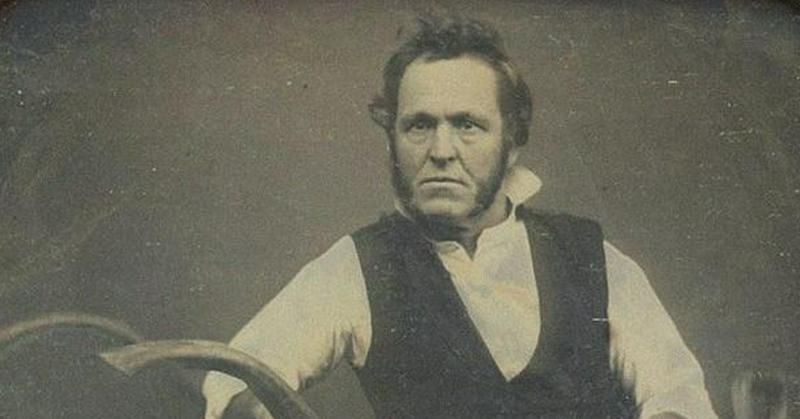Who Was John Deere? The Story Of The Man Whose Name Is On Your Riding Lawn Mower
By | July 25, 2022

It would be easy to assume that, since those iconic green riding lawn mowers you see zipping around the neighborhood all bear the name "John Deere" on the back, this Deere guy was the inventor of the lawn mower, but that was a different guy altogether. John Deere made his name with a very different kind of agricultural implement.
John Deere
John Deere was born in Rutland, Vermont in 1804 and displayed a dedication to craftsmanship from an early age. When he was 17 years old, he enrolled in Middlebury College but soon moved on to a blacksmith apprenticeship. In 1826, he set up his own blacksmith shop, and the following year, he married Demarius Lamb, with whom he had nine children. All was well with the Deere family until 1836, when the New England economy collapsed. Like many other Vermont business owners, Deere moved his family to Illinois, hoping the economic climate there would be more favorable.

The Plow That Broke The Plains
Deere was thrilled to find plenty of work available to him, since the area had few blacksmiths, but almost immediately, his farmer customers complained about the inefficiency of cast iron plows. While cast iron worked fine for farming back east, it was problematic in the Midwest, cracking and breaking over the tough roots of the prairie grasses. Dirt and soil also collected on the rough metal, forcing farmers to frequently stop working to remove it. After some careful thought, Deere theorized that a plow made of polished steel would be strong enough to cut through deep roots and slick enough to repel soil, so he fashioned a prototype that he demonstrated to a crowd of hundreds who clamored to buy it. Deere found himself unable to keep up with demand on his own and established a factory in Moline, Illinois in 1848, which soon churned out about 10,000 of the plows that became known as "The Plow that Broke the Plains" every year.

The John Deere Company
Deere brought his son, Charles, on as a partner in the John Deere Company in 1858, joined five years later by his son-in-law, Stephen H. Velie. Under their leadership, the John Deere Company branched out to cultivators and different types of farming implements and tools for forestry use. Instead of selling their plows to tractor manufacturers, the John Deere Company started producing their own top-quality tractors, including the lawn tractors and riding lawn mowers that still symbolize quality today.

